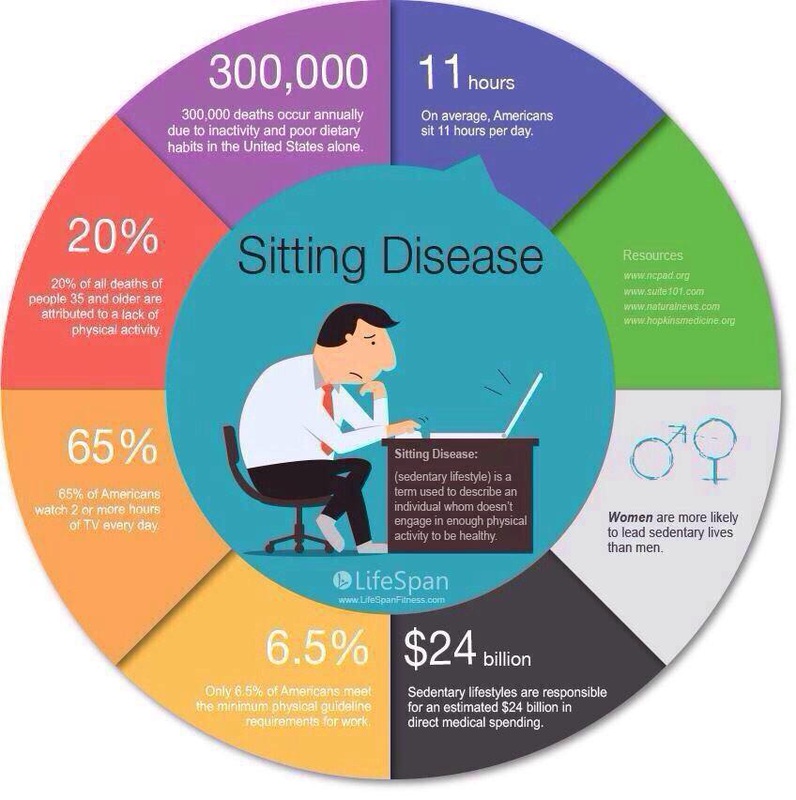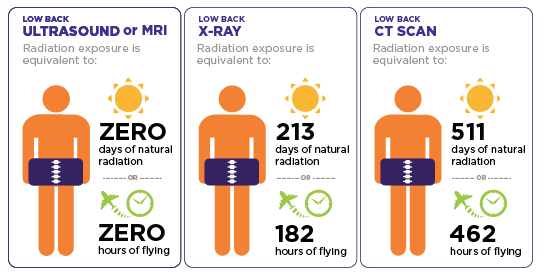|
I treat a lot of people that have:
Very commonly they’ll tell me something is “out of alignment”. Either that’s what it feels like, or they’ve had treatment from a therapist that has told them that, or they’ve talked to a friend who has said “maybe your ‘X’ is out?” and that makes perfect sense to them. The concept of something being “out of alignment” is not a paradigm I’ve ever been taught or taught to patients. My understanding of it as an idea is that it comes from an osteopathic and chiropractic model where pain and illness are meant to originate from vertebral “subluxations”. A vertebra is “out of place”. The subluxation model is now being discouraged by chiropractic associations worldwide as not being valid, but it has definitely seeped into public consciousness. A lot of people when they have back pain will try and describe how it feels and come up with the explanation that they’ve “put their back out”. Patients grab hold of a simple idea that seems to makes sense. When a patient uses this sort of terminology I used to play along with it because I understood what they were saying and I found I upset a lot of patients if I tried to correct them. They had paid good money to see a chiropractor who’s told them their pelvis was out of alignment, they’ve agreed that’s what it felt like so they’ve bought into the idea. When I question the concept directly it can be upsetting. If someone to whom you’ve paid money tells you something, and they’re a nice enough person, and they seem like they care about you and know what they’re talking about, you believe them. To then be the second therapist offering an opinion and say something different can be tricky and I usually word it incorrectly and put the patient right off side.
Anyway, I used to let it slide because it’s easier for everyone, I can get on with treatment using my own paradigm, and I didn’t think any harm was done.
But I’ve now changed my mind on staying quiet. I saw a lady today who’s been seeing an osteopath twice a week for a year - thousands of dollars - for a radiculopathy from her lumbar spine which has now progressed to a foot drop. Every session her “pelvis was out”. She doesn’t know how it keeps happening. Her only solution was to pay this “expert” for a “re-alignment”. It’s a very common story. I got so upset today. This lady was in tears - she felt so helpless. I think this sort of treatment is criminal. It makes someone a helpless victim by diagnosing them with something that they have absolutely no control of themselves - the pelvis just keeps going out mysteriously. And sell a solution: “I can put it back for you. Come in twice a week”. Nothing you can do to help yourself. The language is dangerous and damaging and takes advantage of a patient that trusts you are a professional providing an honest service. When a therapist talks about something being out of alignment I hope they are using the terminology as a euphemism rather than believing something is actually out of place. Because we know it’s not. So the therapist is either:
So I’m no longer tolerating the language of something being out of place or out of alignment.
|
�
Archives
July 2024
Categories
All
|
|
|
MENU
|
INJURY INFO
|
INJURY INFO
PHYSIO MOSMAN |
Copyright© 2024| Fit As A Physio | ABN 62855169241 | All rights reserved | Sitemap



 RSS Feed
RSS Feed



